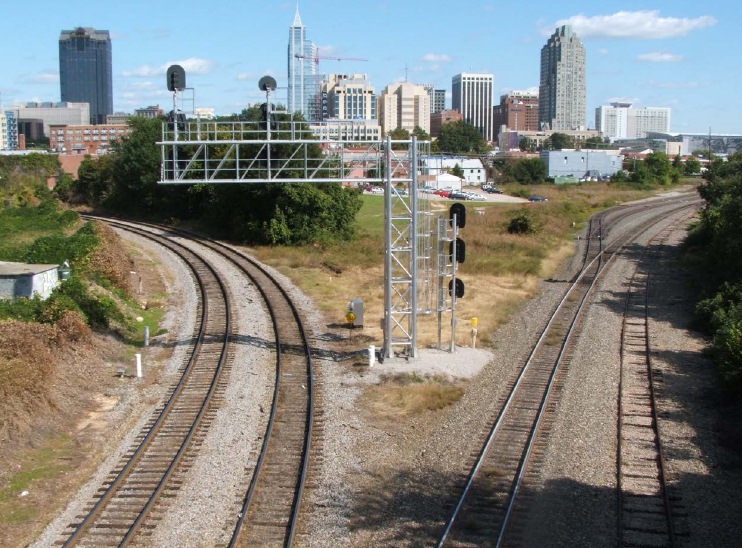Raleigh’s population growth and economic development are on the minds of the city’s leaders.
The Record recently asked several elected officials and city department heads to discuss their plans and priorities for 2014. Some stressed the importance of creating a vision for the city as an important part of managing Raleigh’s growth and economic development. Others spoke about specific projects their departments planned to focus on this year.
Every one of them will be dealing with issues related to Raleigh’s growth and economic development in 2014.
Nancy McFarlane, Mayor
Raleigh Mayor Nancy McFarlane said she is excited to have a new city manager in charge and feels like Raleigh has the potential to do great things.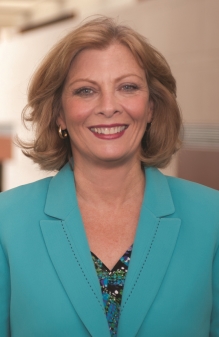
“Raleigh is seeing the arts explode. We’re seeing more and more business interest in being here. And there’s the Dix property. We just have amazing potential and I am excited about that.”
Establishing a relationship between the City Council and new City Manager, Ruffin Hall, is a major priority for McFarlane this year. She says at their retreat in Wilmington later this month, they plan to focus on building that relationship as well as strategic planning and creating a vision for the city.
“We’re working with the manager to make sure we are all on the same page and working toward the same end,” McFarlane said. “It helps you prioritize.”
In addition to strategic planning, the Mayor is focused on Raleigh’s growth.
“We’re still very focused on growth issues: transportation, water, economic development,” McFarlane said. “Economic development is always going to be huge. It’s all tied together.”
She said thinks that Hall’s experience coming from a larger city will help Raleigh navigate some of its growing pains.
The 325-acre Dorthea Dix Property is also a big priority for McFarlane in 2014. She said both she and Gov. Pat McCrory are committed to completing the transformation of the property into a destination park.
Mary-Ann Baldwin, City Council
Councilor Mary-Ann Baldwin’s three major priorities for 2014 center around innovation and entrepreneurship, transportation and communication.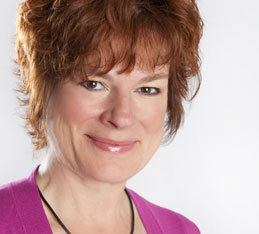
Innovate Raleigh is an initiative that Baldwin has been a part of for several years. Baldwin said the group’s ultimate goal is to make the Triangle region one of the top five centers of innovation and entrepreneurship in the country, but she’d like to see the city do more.
“The city hasn’t really done anything to help move that mission forward,” Baldwin said.
Baldwin also plans to examine transportation options this year.
“We have an interest in getting a half-cent sales tax on the ballot so people can decide how they want to support transit and build infrastructure in our community,” Baldwin said.
The effort to pass a sales tax similar to that in Durham and Orange counties for public transportation has been stalled because of objections from the Wake County Commission, which ultimately controls whether the measure appears on the ballot.
Baldwin wants to improve the city’s internal and external communication in 2014. She said the city needs to do a better job telling its story and improving communication with its residents, including millennials, seniors without Internet access and the Latino population.
Wayne Maiorano, City Council
Raleigh’s 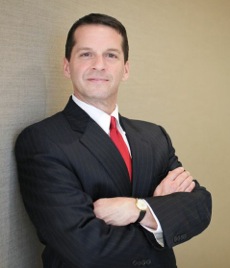
One of Maiorano’s main priorities for 2014 is to help the city define itself and determine where it wants to be and how it plans to get there.
“What do we want to be identified as on a national level?” he asked. “When somebody says ‘Raleigh,’ what do they automatically think of? And when they think of that particular thing, do they automatically think of Raleigh?”
Maiorano said having a clear, long-term vision for the city is essential when addressing issues such as population growth, transportation and economic development because that vision will impact the decisions that city leaders and residents make.
“That’s what helps ensure we have a viable, sustainable economy long-term, and we have the kind of quality of life and life environment that we want long term,” Maiorano said. “What kind of investments do we need to make as a city to ensure that?”
Ruffin Hall, City Manager
City Manager Ruffin Hall 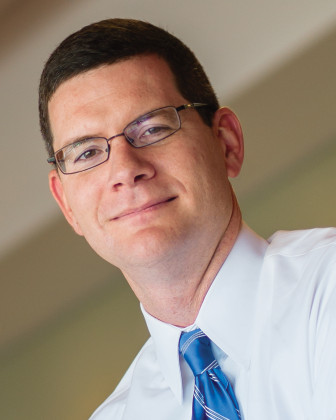
One of Hall’s first priorities will be the two-day retreat in Wilmington later this month.
Raleigh’s population is expected to continue growing. That population growth means an increase in demand for programs and services and impacts several of Hall’s other priorities for this year.
Improving transit in and around the city is one area that Hall said he will study. He plans to look for improvements to both individual and mass transit and potential sources of funding.
Exploring ways to encourage Raleigh’s economic development and balancing the city’s growth and economic development while protecting and preserving the environment are also priorities for Hall in 2014.
Mitchell Silver, Planning Director
Raleigh Planning Director Mitchell Silver wrote in an email to the Record that the city’s Planning Department has several projects planned for 2014.
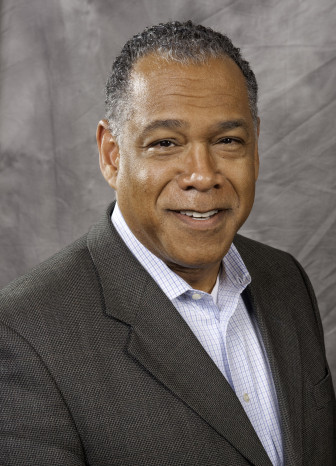
Photo by Joe Szurzewski
An update to the city’s Scattered Site Policy is scheduled for this year. The policy guides investments in affordable rental housing to minimize the number of city-subsidized units in areas with a high concentration of minorities or low-income families.
Silver wrote that Raleigh’s Downtown Plan will receive an update in 2014. The update will address downtown planning, urban planning and design, public realm design, infrastructure, vehicular circulation, transit and pedestrian circulation and economic analysis.
Two pedestrian plazas originally built in the 1960s will be getting a facelift. Exchange and Market plazas connect Fayetteville Street to Wilmington Street and the Moore Square Transit Station. Funding for the updates is coming from bond money associated with the original Fayetteville Street Renaissance.
Several corridor studies are also planned:
- The Six Forks Corridor Study will examine how well it relates to the surrounding uses and ways to make the corridor more transit, pedestrian and bike friendly.
- The Southern Gateway Corridor Study will examine issues, opportunities and potential quick fixes for South Saunders/South Wilmington, also know as the Southern Gateway.
John Carman, Public Utilities Director
Raleigh’s Public Utilities department is one of the top 40 utilities in the nation with a $200 million budget and a service area that includes roughly 525,000 people.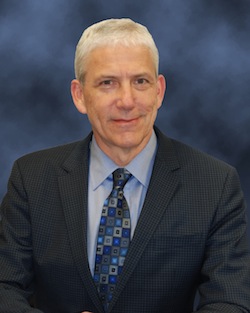
One major priority for Public Utilities Director John Carman this year involves getting an accurate picture of the infrastructure inventory. He said it would cost about $10 billion to replace all of the department’s facilities today, and about three-quarters of that would be underground pipeline.
“It represents a big expenditure when those pipelines need to be replaced,” Carman said.
Carman said his department is trying to prepare.
“We have some old infrastructure,” Carman said. “The utility is shifting to really be prepared for this wave of pipeline replacements that we are going to see over the next two or three decades.”
The Public Utilities Department’s Strategic Plan outlines several of the priorities Carmen is focusing on this year. He said they are making progress in almost all of the areas they are working on. They include: customer service, environmental stewardship, financial viability, reliability and resource management.
“Water and wastewater services are the first step in economic development,” Carman said. “We need to have good water and wastewater services in order to make our area desirable.”
Diane Sauer, Parks, Recreation and Cultural Resources Director
Adoption of the Park, Recreation and Cultural Resources System plan is a major priority for 2014. 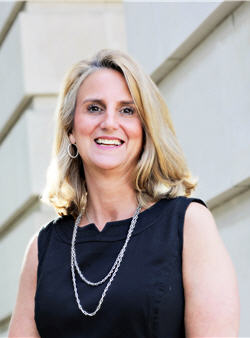
In an email to the Record, Raleigh Parks, Recreation and Cultural Resources Director Diane Sauer wrote, “The System Plan is a comprehensive process that will shape the direction, development and delivery of the city’s parks and recreation services, facilities, and programs over the next 20 years.”
Sauer writes that the department’s goal is to adopt the plan in late spring, making way for a public bond referendum in the fall.
This year will also see Raleigh move toward becoming what Sauer hopes will be the southern capital of arts and culture. Developing the first Raleigh Arts Plan will help the city achieve that goal.
Sauer writes that this plan will, “provide a road map for programmatic, operation and financial strategies.”
The controversial plan to convert the Dorthea Dix Campus to a destination park is also a focus this year. The Parks, Recreation and Cultural Resources department will continue to partner with the state on a new agreement to transition the campus.
The department also plans to complete projects on the following parks and trails in 2014:
Dr. Annie L. Wilkerson Nature Preserve Park
Halifax Park and Community Center
Horseshoe Farm Park
Lake Johnson Woodland Center
Sierra/Lineberry Drive Park
Mordecai Historic Park Interpretive Center
Revised Master Plan for the John Chavis Memorial Park.
Crabtree Creek Trail
Honeycutt Creek Greenway Trail
Riverbend section of the Neuse River Trail
Walnut Creek Trail
Carl Dawson, Public Works Director
The Capital Area Transit bus system will be a major priority for Public Works Director Carl Dawson and the Public Works department in 2014.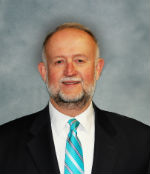
“We are preparing to implement changes to CAT system to implement increased services and amenities that were approved in the budget,” Dawson wrote in an email to the Record.
Some of these changes include replacing buses as well as making some route improvements.
This year Dawson also plans to continue to work on the construction of the Northeast Remote Operations Center, Downtown Remote Operations Center, Critical Public Safety Center, and several other projects that involve fire stations and other city facilities.
Dawson said improvements will be made to the city’s stormwater system in 2014, including substantial improvements to the Northshore Lake Dam.
In addition to numerous sidewalk projects, Dawson wrote that the department will “continue design and begin construction on many of the projects in the 2011 and 2013 Transportation Improvement Bonds.”
These projects include sidewalk improvements, traffic calming and streetscape projects.
Councilors Thomas Crowder, Bonner Gaylord, Eugene Weeks and John Odom did not respond to interview requests.
Councilor Russ Stephenson responded to our request after this story was submitted for publication.
